Autonomous Framework
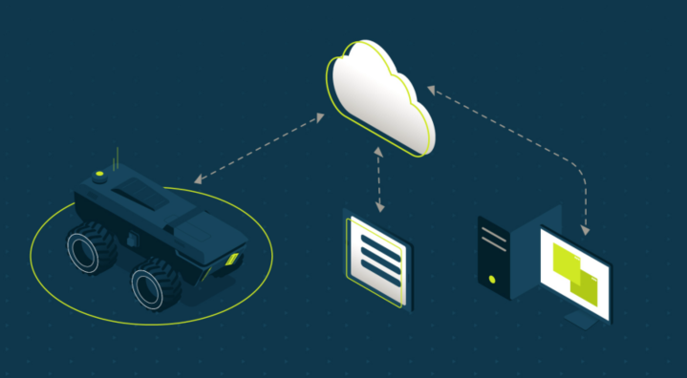

Agricultural OEMs have a long history of innovating to meet food production challenges, finding new ways to optimize production through the application of technology. Producers face growing challenges in finding skilled machine operators and growing pressures for applying sustainable farming practices. In the past these challenges have been met through larger implements that allow a single operator to product more, but physical limits to the size of machines is quickly being reached. In parallel with these growing challenges, new types of technologies have emerged over the last decade that allow for new approaches for equipment to meet the continuing needs for increased efficiency of food production. These technologies across connected systems, robotics, and data analytics have made autonomous systems feasible for agricultural applications. The industry is now emerging from the proof-of-concept stage of autonomy into the need for scalable production-ready autonomous machines.
JCA’s autonomous framework (AFW) is a set of technologies that provide the infrastructure technologies on which to build customized autonomous machines. These include advanced technologies in areas such as perception, guidance, robotics, and mission management. Combining elements from agricultural implement controls and precision agriculture, with new emerging technologies from robotics, advanced processing platforms and connectivity the JCA AFW is suited towards autonomous machine applications, but with the reliability and scalability applied from mature agricultural machine controls systems. The JCA AFW lowers the barrier for agricultural OEMs that have a vision for applying autonomy to applications where the value of these systems can be realized in the next step in the evolution of agricultural equipment.
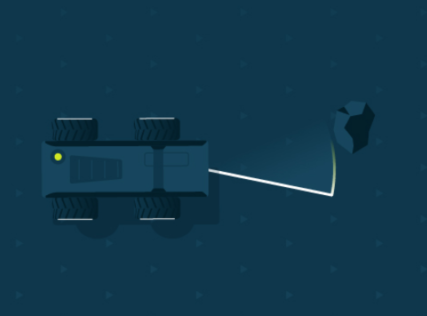
Perception systems for autonomous machines are used for sensing the external world to allow machines to react to the surroundings. This can be for obstacle detection and avoidance, guidance integration, or tied to the specific function of the machine. The specific set of sensors for any machine will be driven by the form and function of the machine and can vary from application to application. The technology components of the JCA Autonomous Framework related to perception include the hardware and software platform on which to interface various different sensor types, and run high-performance perception algorithms, as well as address some of the common functions for autonomous machines such as object detection and tracking as well as guidance integration.
The JCA AFW consists of a family of modules for machine controls and autonomy computing. These modules work together as part of an overall ecosystem to meet all the needs of an autonomous machine, from advanced processing, connectivity, guidance and navigation, and real-time drivetrain and tool controls. This family includes:
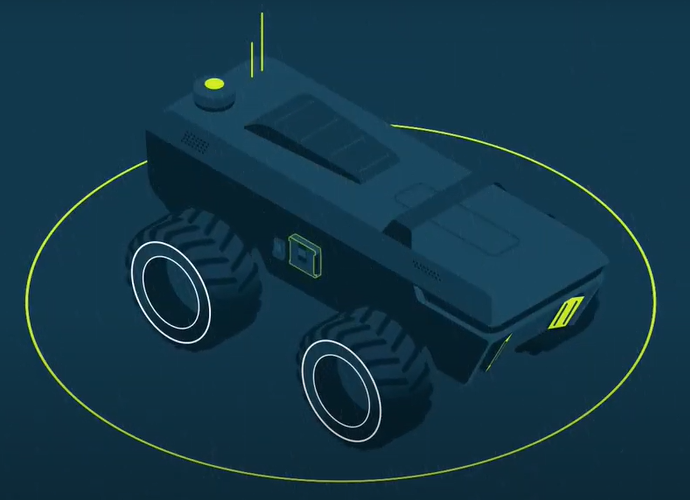
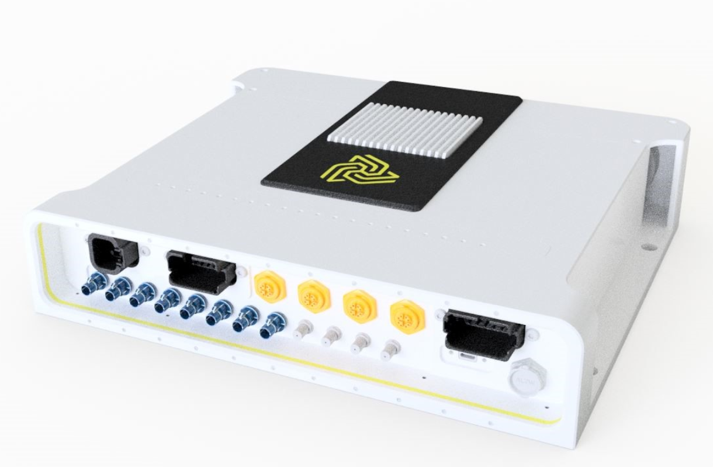
The JCA Eagle is a new class of rugged computing designed specifically for autonomy in off-highway mobile machine applications. It combines the processing power needed for advanced autonomy and perception applications with the ruggedness needed for controllers in agricultural environments. The Eagle is a multi-core GPU and CPU computing platform suitable to high-performance computing, such as vision and machine learning applications, with integrated peripherals for autonomy such as dual RTK GNSS receiver and an IMU (for guidance and navigation), camera interfaces, high-speed ethernet interfaces, CAN bus communication, real-time coprocessor for I/O control.
Guidance, navigation, and positioning are fundamental components of any autonomous system. The JCA AFW consists of hardware platforms for localization with RTK GNSS and IMUs built into the Eagle and Hummingbird platforms, as well as software libraries for positioning, navigation to a planned path, and machine guidance for a wide variety of problems, such as on-the-fly local path planning, traffic control, and path planning for static coverage problems.

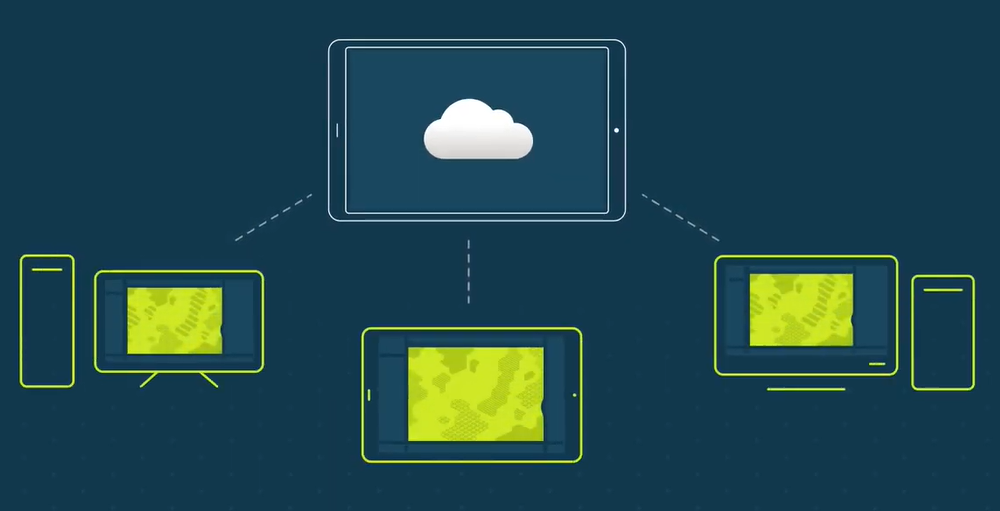
The autonomous mission consists of the path that the machine needs to drive, as well as the task that the machine needs to execute. The JCA AFW consists of software components that perform the common components of autonomous missions across 5 planning, deployment, execution, monitoring, and analysis. This combines elements of managing the location and health of the machine (fleet management), with managing the function of the machine in its mission (task management). JCA’s FlightPath software provides both backend mission management capabilities, as well as map and machine visualization that can be integrated into customized app and web solutions suited to the autonomous machine application.
Safe operation of autonomous machines is critical in agricultural applications. JCA has a safety architecture that is designed specifically for autonomous machine applications. Applying the system-level concepts from emerging autonomy safety specifications, such as ISO 18497, JCA’s safety architecture includes system-wide alarm management and reporting, a system-level watchdog (following ISO 25119 functional safety standards), and provision for a wireless e-stop system.
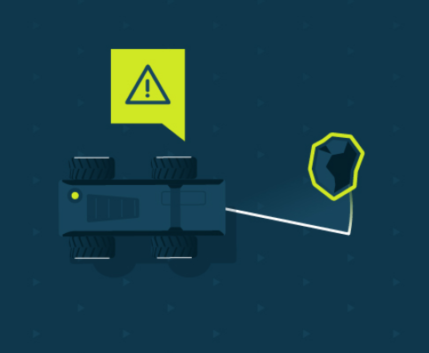
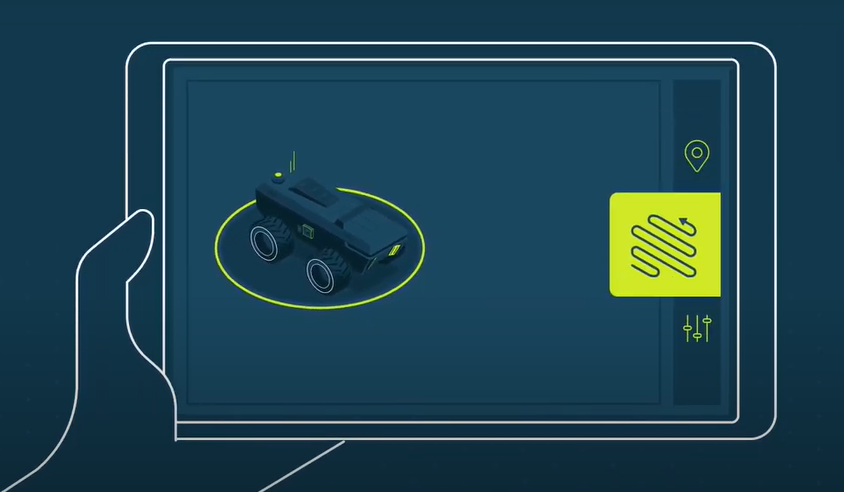
A critical feature of a scalable autonomous system is a user interface that both meets the functional needs as well as has a user experience that is natural and intuitive. It is our experience that this user interface is highly specific to the function and workflow of the machine and should be customized to result in the user experience that manages the complexity of the system under-the-hood, and provides the user with a clean and clear user interface to the system. JCA works with our customers to develop customized autonomous machine interfaces in both mobile device app and web technologies for different stages of the workflow, minimizing customer development through incorporating map management and common workflow components from AFW software libraries.
Cumulus the JCA AFW cloud platform that provides secure user and machine access to a common data management platform. This allows for remote monitoring, mission planning, and storage of results for analytics. Cumulus allows for multiple users with different access rights based on their defined role, and the ability to collect task results and machine status from a fleet of machines. Cumulus can be granted access through an API to farm management systems and custom user portals based on the application needs.
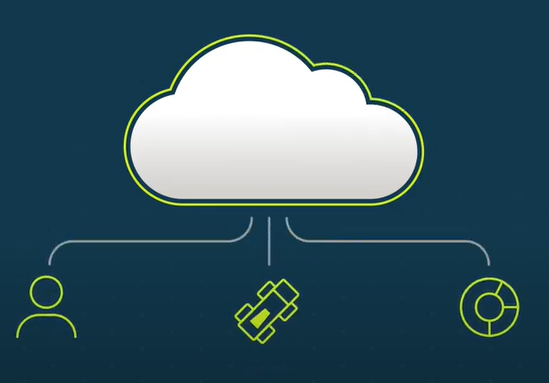
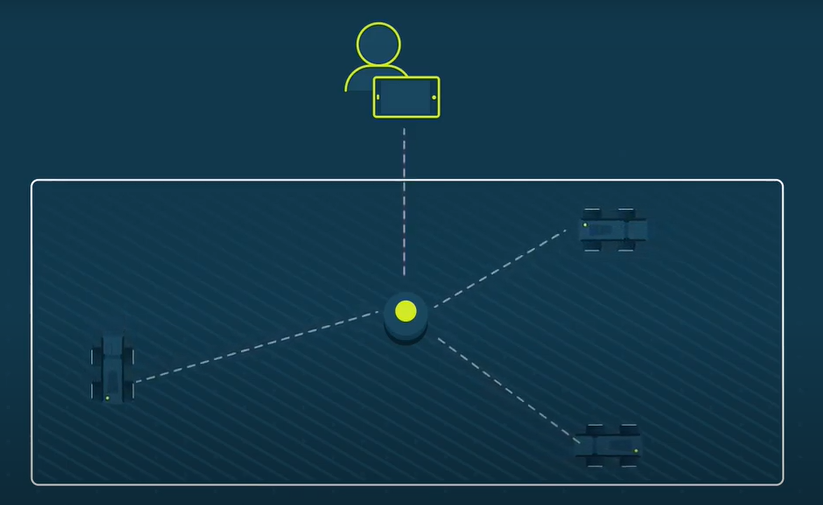
For many agricultural machine applications, access to reliable Internet is cannot be guaranteed, and a communication system that allows for reliable communication of coordinated multi-machine systems is needed. JCA communication architecture consists of multi-band communications for both low-bandwidth, long-range persistent communication for critical machine and mission status, and high-bandwidth close proximity communication for large data streaming and machine-to-machine coordination.
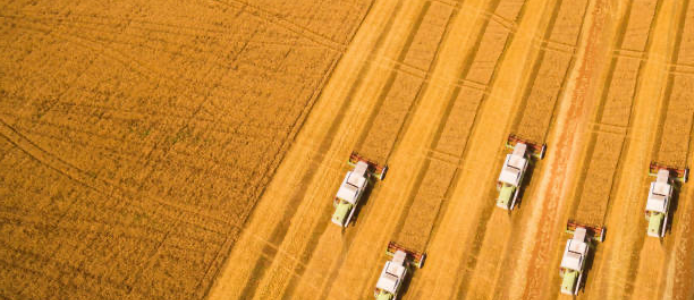
JCA AFW is a set of technologies that provides the common components to autonomous agricultural machine systems.
JCA’s precision agriculture platform builds on the strengths of precision agriculture while augmenting these with a connected architecture.
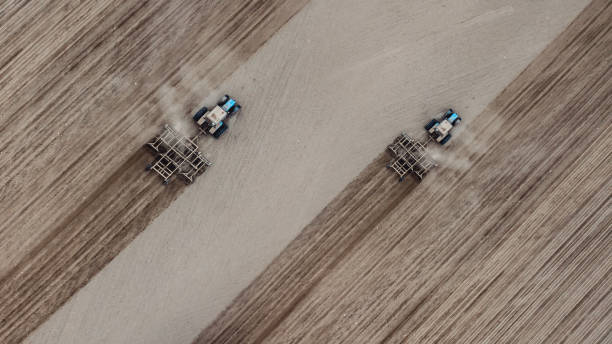

JCA’s agricultural controls platform consists of technology building blocks that facilitate the rapid development of customized OEM implement controls.

Have a vision for making agricultural machinery work smarter? An idea that you’ve wanted to build but haven’t known how to begin?
There’s never been a better time to take that first step. Let JCA Technologies outline a solution for you.